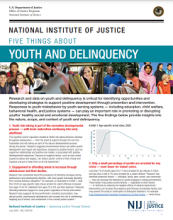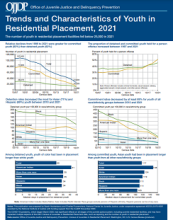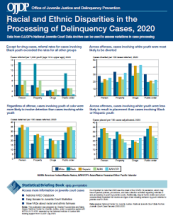Race and Ethnic Differences in Mental Health Need and Services Received in Justice-Involved Youth
Journal
Children and Youth Services Review
Date Published
July 2018
Agencies
NIJ-Sponsored
Publication Type
Research (Applied/Empirical)








